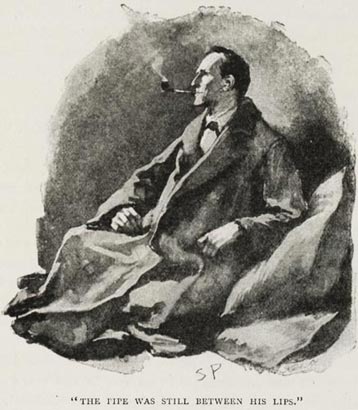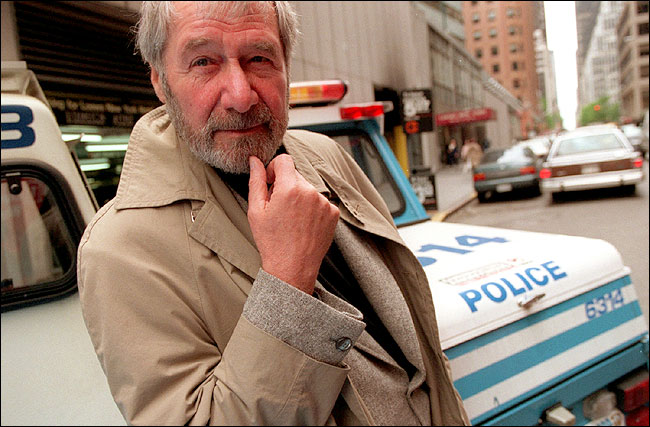You have no items in your cart. Want to get some nice things?
Go shopping
Last year, there were more than a few cries of anguish when viewers of Game of Thrones, the first television series of George R. R. Martin’s mighty multi-volume fantasy epic, discovered that one of the main characters had been surprisingly killed off. Those of us who had read the books were already aware of this, and could, of course, look on smugly and say, “Oh yeah, we knew that!” Having now finished the rest of the series written to date, I can tell you, without really spoiling anything, that Martin is not averse to bumping off the odd major character, in an often gruesome way, just as you’re getting into them.
Last year, J. K. Rowling revealed that she had been tempted to terminate Ron Weasley towards the end of the final book. Would it have been an act of great courage to kill off a popular character? It’s not such a problem with a one-off novel but it can be a serious business if this is the fifteenth book in a long series as readers do tend to get very attached to their favourite characters. I know of people who, having just started a book, soon turn to the back pages to check if the character they like is still around. If he or she is still alive, then they’ll carry on reading; otherwise, they might put it down.

Arthur Conan Doyle (1859-1930), in The Final Problem, published in 1893, killed off Sherlock Holmes after his dramatic fight with Professor Moriarty, both of them plunging down the Reichenbach Falls. For the author, however, and particularly for Strand Magazine, which published the Sherlock Homes stories, that wasn’t the final problem: a reader outcry erupted, and 20,000 of them cancelled their subscriptions to the magazine. Although The Hound of the Baskervilles was published eight years later, it was made clear that these events predated that terrible day at the Falls. Only in 1903 did Conan Doyle finally publish an entirely new story, bringing Holmes back to life in The Adventure of the Empty House, in which the returned hero explained to Watson his miraculous escape from certain death.
Conan Doyle was not alone in becoming bored with his most famous creation. Agatha Christie eventually found the character of Hercule Poirot tiresome and resolved to kill him off. In the early 1940s, Christie wrote Curtain: Poirot’s Last Case, in which the pompous Belgian detective meets his end; in the end, however, she locked the book away. It was only published in 1975, towards the end of her life, by which time Poirot had already appeared, fit and well, in another dozen books.

Then there is Ed McBain (a.k.a. Evan Hunter), best remembered for his long series of crime novels, set in the 87th precinct of the fictional town of Isola, based on New York. The first few books were written in the late 1950s and were the forerunners for many police procedurals that we see today either in print or on screen, with television series such as NYPD Blue. He originally intended the books to work as an ensemble piece, as he describes it “conglomerate hero in a mythical city”, with major characters drifting in and out of books, sometimes not appearing at all and with some, inevitably, getting killed in the line of duty. By the third book, The Pusher, readers had already taken to Detective Steve Carella, the undoubted hero of the first book, even though, in keeping with McBain’s ensemble idea, he barely featured in the second. McBain, however, decided to end the third book with Carella’s death and duly sent the “completed” book to his agent. The next day, however, his editor called him, refusing to accept Carella’s death and pleaded with McBain to revive the detective. McBain yielded and rewrote the ending, with Carella miraculously surviving three bullets to the chest, and by the time the 55th book in the series appeared in 2005, Carella was still fit enough to be solving crimes, 49 years after his near-death experience.
So, does the preservation of a popular character keep the reader or viewer happy? Definitely. Aren’t there times though, when we wish a character had been killed off just a little earlier? I was watching Goldfinger on TV recently, when James Bond was about to be cut in half by a laser and manages to say to his captors, through gritted teeth, “Do you expect me to talk?” The evil Auric Goldfinger replies: “No, Mr Bond. I expect you to die!” Well, another time perhaps.




